The Later Stone Age of South Africa : Early Later Stone Age, Robberg Subsistence Economy
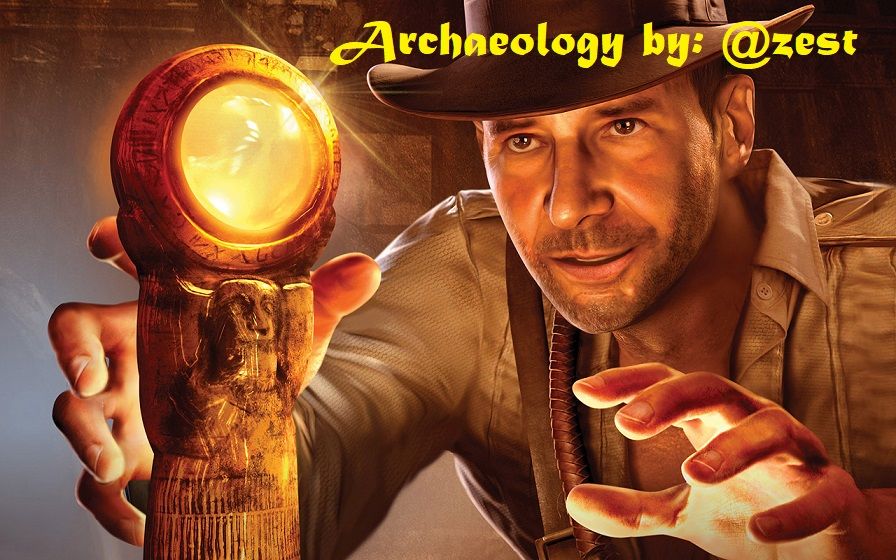
Dear Reader
In this following series of posts we are covering the Later Stone Age of South Africa, I highly encourage you to please read the Introduction, Historical Background, Advances in Later Stone Age, Climatic conditions of the LSA in South Africa, Elements characteristic of the Later Stone Age, The Later Stone Age sequence and Early Later Stone Age: Robberg assemblages posts to this series to bring you update to date with the information and terminology we have covered so far.
Early Later Stone Age, Robberg Subsistence Economy
(ca 22 000 BP to 12 000 BP)
Dating (more than 22 000 BP to 12 000 BP)
All the information for this period comes from cave and shelter sites, with the possible exception of Kathu Pan in northern Cape. Since it is unlikely that the Robberg people lived only in caves and rock shelters, the absence of Robberg-type assemblages from open sites is puzzling. We must, however, bear in mind that (1) the microlithic tools of Robberg-type assemblages are often made from quartz, and it is difficult to find and recognise such undiagnostic microlithic tools in the open; (2) the erosion of such open sites; (3) open-air sites may not have been used over long periods of time; (4) dating at open sites is problematic.
Robberg assemblages are generally associated with the remains of large gregarious migratory grazers, unlike the Holocene assemblages, which are dominated by the remains of small, solitary, non-gregarious browers. This contrast is less obvious in the interior where grassland predominates, but even away from the southern Cape there is focus on smaller antelope. However, at some sites (eg Bushman Rock Shelter), little difference is found between the range of fauna hunted (various large , medium and small animals) during the Pleistocene and Holocene.
Note that the range of animals hunted by early LSA and later LSA people is similar, but with a changing emphasis on the relative importance of animals. Greater variability in both the Late Pleistocene and Holocene subsistence practices is also now recognised. More pronounced differences are, for example, found in the Cape ecozones, with large grazers becoming less common in the Holocene, whereas large animals were still extensively hunted in other areas in Mpumalanga, the Limpopo Province and the eastern Cape.
The tendency to hunt territorial animals started in about 10 000 Before Present (BP) and is complete by the mid -Holocene; this change in hunting pattern is therefore not comtemporary with the shift from Middle Stone Age (MSA)to Later Stone Age (LSA) technology. The implication of this change in hunting patterns is that it may correlate with group size and organisation. The hunting of large migratory antelope is usually linked with large, highly mobile groups, low population density and an absence of fixed territorial boundaries, whereas people in small territorial groups living in a higher population density are more likely to hunt a variety of animals and focus on the hunting of smaller, non-gregarious browsers.
During the period of the Cape Robberg Industry, large groups of humans therefore concentrate on hunting the larger game animals grazing in herds on the then predominant grassy plains. Relatively fewer small antelope remains are visible and plant remains are rarely preserved. The hunting of large, migratory and therefore mobile game points to large local group organisations within large and fluctuating territorial boundaries. The succeeding Albany Industry coincided with the terminal Pleistocene rise in sea levels and therefore reflects a comprehensive adaptation shift again related to changing environmental patterns.
The technological innovation of the bow and arrow and the extensive hunting of large plain animals, combined with climatic and environmental changes, resulted in the extinction of some species (in particular grazers) at the end of the Pleistocene/Holocene boundary. Large areas of grassland were submerged by rising sea levels, which may have contributed to the extinction of several hyperspecialised grazers. Extinct species include the giant buffalo (Pelorovis antiquus), giant Cape horse (Equus capensis), giant hartebeest (Megalotragus priscus), a small hartebeest (Damaliscus niro) and a giant wart-hog (Metridochoerus sp.), as well as two species of springbok (Antidorcas bondi and australis). Note that extinctions of some large mammals occurred around the world during this time period.
Bedding material, the remains of edible plant species as well as species with medicinal value, are found in some deposits. However, plant food is not abundantly present in early LSA levels, probably because they have not been preserved - it is mostly hard seeds that have been preserved. The remains of edible plant foods such as marula (Sclerocarya birrea), the seeds of fruit such as sour plum (Ximenia caffra) and Transvaal milkplum (Englerophytum magalismon tanum), wild medlar (Mimusops zeyheri), raisin berries (Grewia spp.), buffalo thorn (Ziziphus mucronata) and monkey orange (Strychnos spp.), as well as Hypoxis corm bases have been recovered from sites in Mpumalanga and Gauteng.
The Last Glacial Maximum (LGM) at 18 000 BP is associated with very harsh climatic conditions, the lowest plant and animal diversity and the lowest sea levels during the Last Glacial. Human populations would have been dispersed and highly mobile with low occupation densities.
Low sea levels impacted on the availability of marine resources as coastal sites such as Nelson Bay Cave became inland sites. Restricted access to resources from the sea is reflected in the rarity or absence of shells, fish, seabird and seal remains. Sites which might have developed on the newly exposed continental shelf at the Last Glacial Maximum were subsequently drowned as a result of rising sea levels at the onset of the Holocene.
Marine faunas appear at about 14 000 BP at Nelson Bay Cave. There are only a few remains of large grassland animal, which suggest that the sea was now closed to the cave and that the grassland had retreated. At Elands Bay Cave the first shellfish appear about 11 000 BP, when the coastline was approximately 5 km west of the site. Lobster, shellfish, fish and seabirds are increasingly utlised.
Images are link to their sources in their description and references are stated within the text.
Thank you for reading
Thank you @foundation for this amazing SteemSTEM gif

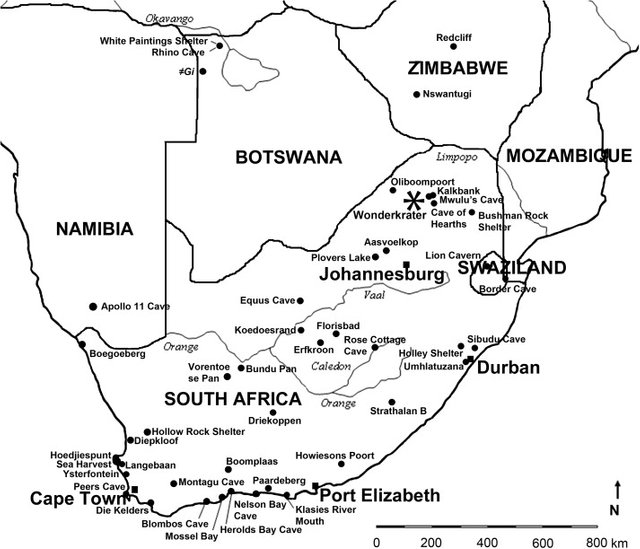
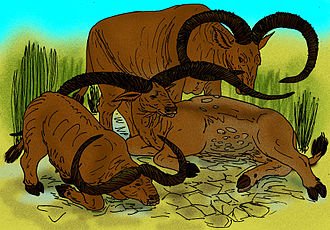
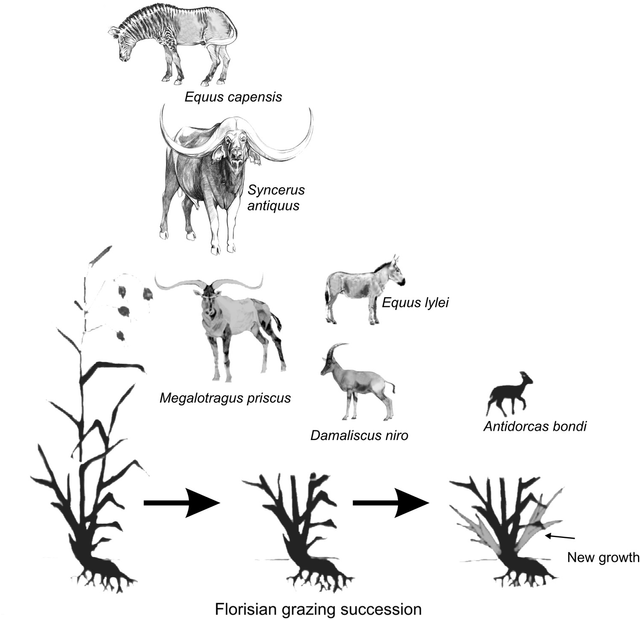
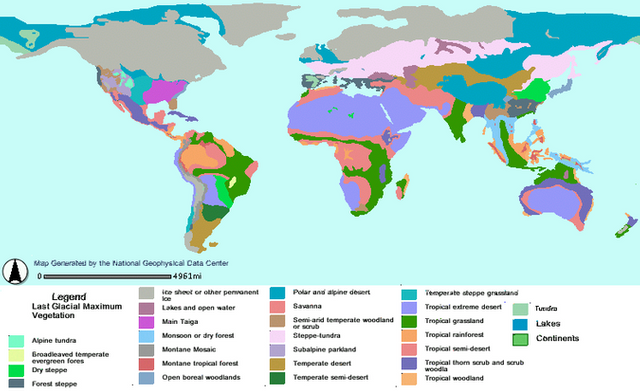
Upboat is a friendly half-human, half-robot which hopes to help promote the better posts of Steemit by trying to ensure they get the recognition they deserve.
@UPBOAT looks for numerous signals before deciding on who to UPBOAT and is likely to summon our robot friends to share some robot love with you to show affection.
I'VE BEEN AT SEA FOR 4 DAYS AND HAVE GIVEN 340 UPBOATS! PLEASE HELP @UPBOAT STAY AFLOAT ON THE STEEMIAN SEAS BY DELEGATING SPARE SP OR PATCH WATER LEAKS BY UPBOATING.
GREAT POSTS @laylahsophia!
The quality of your article is undeniable and can't wait to read and learn more from your savvy interactions with us and the world. You now have a new follower in me. Upvoted and resteemed!
Namaste :)
This post has received a 1.04 % upvote from @drotto thanks to: @upboat.